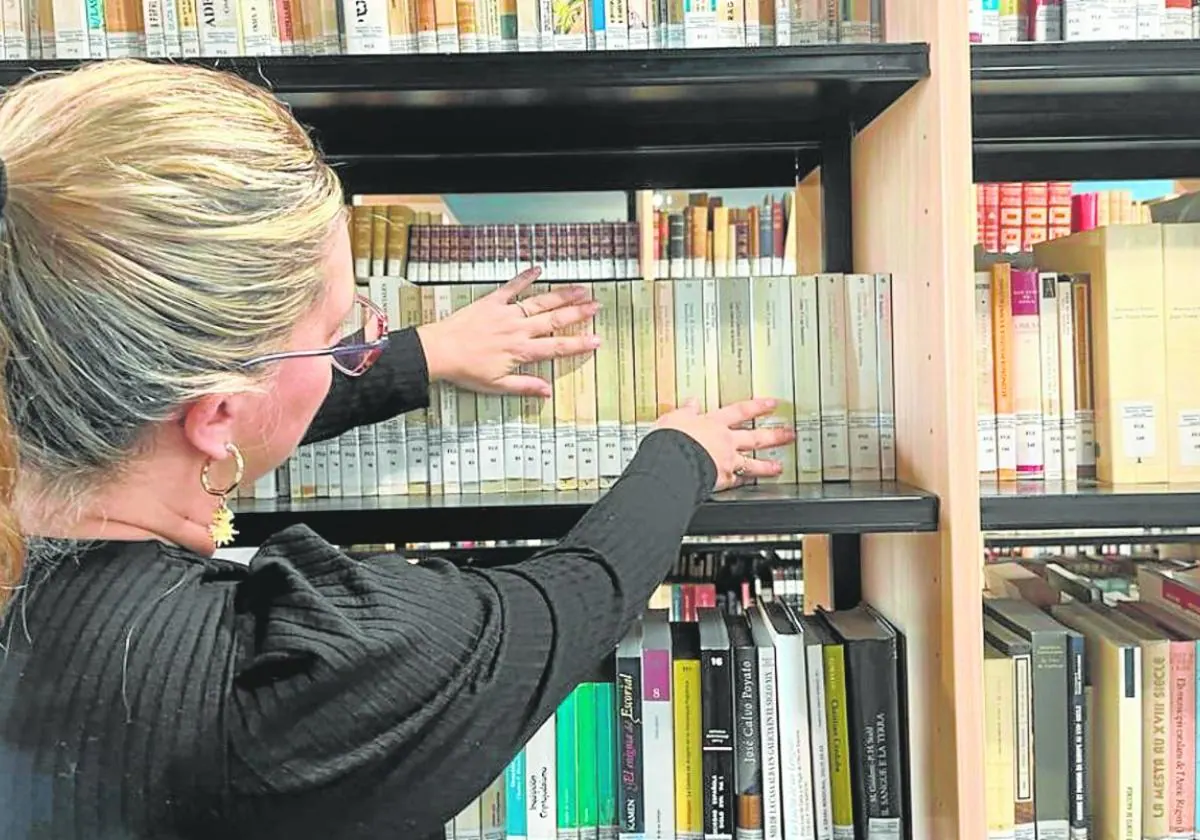It seems a paradox to treat science as a narrative for better dissemination, and in the midst of a wave of denial that has swelled with the pandemic. Delfina Roca, a renowned professor of communication at the University of Murcia (UMU), and science journalist and documentary filmmaker Verónica Pardo Quiles have found a way through this false paradox. Both develop a unique project with the short story as an effective tool for disseminating advances in knowledge.
“The union of literature and science or art and science is highly recommended and useful for dissemination,” Roga, the current head of UMU’s Science Dissemination Coordination Unit, firmly believes. Urgent needs driven by new technologies compel us to test new tools to “bring science to society in an accessible and engaging way,” he explains. That’s where, he argues, “a genre like the short story becomes important.”
“The union of art and science is something that is highly recommended and useful to disseminate,” explains Professor Delfina Roca.
After examining its relevance when “disseminating science,” Barto Quiles adds, “The results obtained show that it is compatible with the analyzed premises and is constructed as an appropriate and effective format for communicating science to the public.” This conclusion was reached after analyzing the content they found on the Internet of “all the short stories in Spanish that overtly or casually promote science.” The focus of the research was complemented with the views of various experts interviewed for this purpose, among other tasks carried out in the project.
“Leading Research”
Veronika Pardo, who is completing her PhD with a grant to train university teachers, defines it as “cutting-edge research worth continuing to explore”. The concept gained points after the achievement of publishing an article in the journal ‘Círculo de Lingüística Aplicada a la Comunicación’ (CLAC) from the Complutense University of Madrid. “Placing communication research in such an influential journal is not easy,” the expert highlights.
Development of program on short stories and science.
Children
Veronica Pardo describes it as “cutting-edge research worth continuing to explore.”
Although scientific dissemination is “clearly increasing, you can count on one hand the number of doctoral theses or academic studies that exist on the subject,” laments Delfina Roca, who dares that the research she shares with Pardo is “the first of its kind.” category was carried out, so it is necessary to continue to prepare studies on its importance and in this sense.” Thus, he continues, “we can say that it lays the foundations for new research” about the micro-narrative in the dissemination of science based on the model they developed in their study. The lack of previous work, on the other hand, “at the same time “It opens up a wide range of possibilities for developing socially valuable cutting-edge research,” he explains.
The study by the two researchers is the first of its kind “hence its importance and the need for more.”
For Roca, “the scientific short story is an important tool that he used frequently in his classes in the Department of Communication and Documentation before conducting this research.” This is confirmed by Veronica Pardo, with whom he now shares a research project, and “the enthusiasm of Delfina Roca, who had the opportunity to experience those classes a few years ago and tries to spread information through writing, imagination and playing with words.” , too. He made his students laugh.
Delfina Roca (standing), with her research partner Veronica Pardo.
Children
A proliferation of barbarities
From there arose the germ of this research, which later led to Bardo’s final degree project, directed by Roca, which the former describes as “a very fruitful beginning,” not only because he received an honorary degree, but especially because there was a “fundamental” consideration of sending a study of such interest to society.” Various without scientific basis. This is not an exaggerated claim considering the increasing number of atrocities in the arenas. Either science regains its place among the general public, or superstitions invade our lives again. There is no alternative, but there are fascinating ways to achieve the first objective, such as the micro-stories proposed by these researchers.
-
Intensity in a small space for the type suitable for current communication
Science communication professor Delfina Roca explains that the short story is more than just a great form of making science more engaging and interesting. “Why?” he asks, and then points to responding to characteristics such as “in small part its narrative intensity or the active role of the reader, who usually plays a fundamental role when reflecting on the story or creating its conclusion. . . Storytelling also makes it possible to disseminate scientific results to audiences who are ignorant of certain topics, “capturing their attention and Explains meanings through similes or metaphors that aid their understanding.”
While the spread explores the use of social networks to achieve its goals in detail every day, “so far there is no reflection on the benefits that short stories can provide to reach all audiences and increase culture.” Science,” he explains. Despite this, he asserts, “the short story remains in style,” and he points to the rise of contests of this genre as evidence. And, he continues, “it creates a form that adapts to society’s current mode of communication, especially through the virtual environment.” ” Both social networks and digital platforms use short and concise texts that allow the transfer of knowledge to the public, similar to the narratives of literary and creative information.

